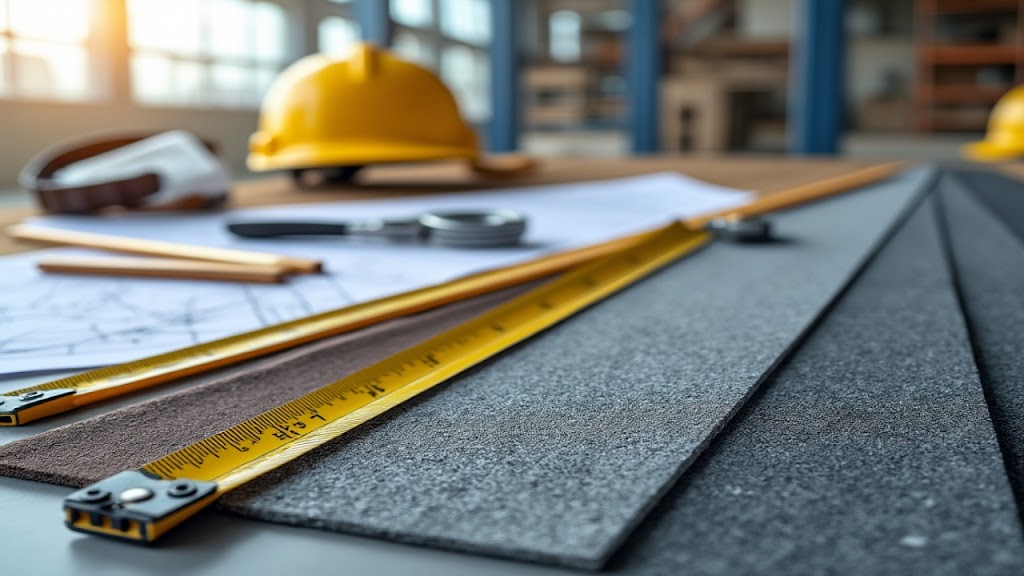When embarking on a construction project, whether it’s building a new home or renovating an existing one, ensuring the quality of construction is paramount. The materials used and the techniques applied play a crucial role in determining the safety, durability, and overall value of the property. This guide will help you understand how to evaluate the quality of construction, from assessing building materials to scrutinizing construction techniques.
Understanding Construction Quality
What is Construction Quality?
Construction quality refers to the standard of the materials and methods used in building projects. High-quality construction ensures that a structure is safe, durable, and built to withstand various environmental conditions. It encompasses everything from the strength of the materials to the precision of the building techniques.
Why Quality Matters
Safety: High-quality construction minimizes the risk of structural failures, which can be dangerous and costly.
Durability: Quality materials and techniques extend the lifespan of a building, reducing the need for frequent repairs and maintenance.
Value: Properties built with high standards are often more valuable and appealing to potential buyers, enhancing your investment.
Evaluating Building Materials
Types of Building Materials
Structural Materials: These include concrete, steel, and wood, which are essential for the stability and strength of the building.
Finishing Materials: These materials, such as drywall, paint, and flooring, impact the aesthetic and functional aspects of the property.
Quality Indicators for Materials
Concrete
Strength and Composition: The quality of concrete depends on its mix ratio and curing process. Well-mixed concrete with proper curing will be strong and durable.
Inspection Tips: Look for a uniform texture and check for cracks or inconsistencies.
Steel
Grade and Corrosion Resistance: Steel should be of appropriate grade for structural needs and treated to resist corrosion.
Inspection Tips: Examine welds and connections for strength and stability. Ensure that protective coatings are intact.
Wood
Type and Treatment: Use high-quality wood that is properly treated to resist pests and environmental damage.
Inspection Tips: Check for straightness, uniformity, and the absence of defects like knots or warping.
Finishing Materials
Drywall
Thickness and Installation: Ensure drywall is of adequate thickness and installed securely.
Inspection Tips: Look for smooth, crack-free surfaces and proper sealing at joints.
Paint
Type and Application: Quality paint and application methods affect durability and appearance.
Inspection Tips: Check for even coverage and adhesion to prevent peeling or discoloration.
Flooring
Material and Installation: Assess the quality of flooring materials and the precision of installation.
Inspection Tips: Ensure evenness, secure fitting, and check for gaps or movement.
Assessing Construction Techniques
Foundation and Structural Integrity
Foundation Quality: A solid foundation is critical for the stability of the entire structure. Ensure it is well-drained and constructed according to specifications.
Structural Support: Properly installed load-bearing walls and supports are essential for structural integrity.
Building Techniques and Workmanship
Framing and Assembly: Proper alignment and secure fastening of framing elements ensure the structural stability of the building.
Roofing and Insulation: Quality roofing and insulation materials and techniques protect against weather and improve energy efficiency.
Attention to Detail
Precision and Craftsmanship: High-quality construction involves meticulous attention to details such as finishes and fittings.
Regulatory Compliance: Adherence to building codes and regulations is crucial for safety and legal compliance.
Conducting a Construction Quality Inspection
What to Look For During an Inspection
Visual Inspection: Start with a visual check for any obvious issues like cracks, uneven surfaces, or water damage.
Professional Inspection: Hiring a certified inspector can provide a thorough assessment and identify hidden problems.
Common Red Flags
Cracks and Settling: Cracks in walls or uneven settling can indicate underlying structural issues.
Water Damage: Signs of moisture problems, such as mold or damp patches, may indicate poor construction or drainage issues.
Documentation and Reporting
Inspection Reports: Detailed reports from inspections help in understanding the quality of construction and any issues that need addressing.
Addressing Issues: If problems are found, discuss them with the builder or contractor to ensure they are resolved before finalizing the project.
Choosing the Right Contractor
Reputation and Experience
Contractor’s Track Record: Select contractors with a proven history of quality work and reliability.
References and Reviews: Check client feedback and previous projects to gauge the contractor’s performance.
Certifications and Licenses
Valid Credentials: Ensure that contractors have the necessary licenses and certifications for your project.
Insurance and Bonding: Proper insurance and bonding protect you from potential risks and liabilities.
Case Studies and Examples
Real-Life Examples of Quality Construction
Review examples of well-constructed buildings to understand what high-quality construction looks like. These case studies highlight key features and practices that contribute to durability and safety.
Lessons Learned from Poor Construction
Analyze examples of poorly constructed buildings to learn common mistakes and how to avoid them. Understanding these issues can help you make informed decisions and avoid pitfalls.
Conclusion
Ensuring high construction quality is essential for the safety, durability, and value of your property. By carefully evaluating building materials, assessing construction techniques, and choosing reputable contractors, you can achieve a successful and satisfying construction project.
Take the time to thoroughly assess all aspects of construction quality to safeguard your investment and ensure a high standard of living.

